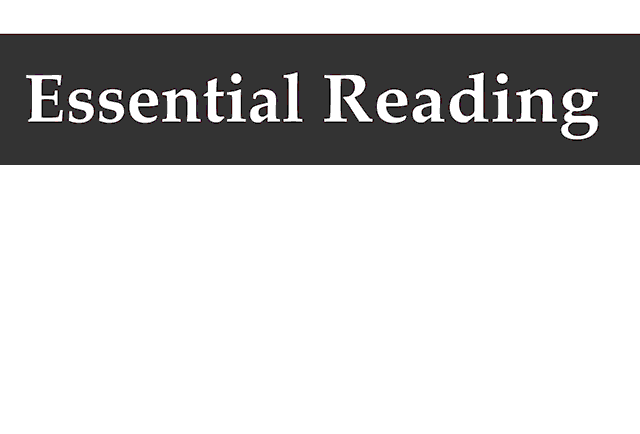March 2nd, 2025
BURLINGTON, ON
Ontario’s unemployment is higher than the national rate. Healthcare is getting worse, schools are in neglect. Terrible housing starts have made life unaffordable. Retail sales are down and people are leaving. Ontario has become a have-not province receiving federal equalization payments.
That’s Doug Ford’s legacy. He should have been defeated on it. But he saved himself by manoeuvring away from his record and encouraging anti-PC voters to use their ballot in the most inefficient way.
Ford diverted voter focus from his record to Trump’s threat
 Key to Ford’s win was his insistence Trump’s tariff threat, and not his record, was the most important issue in the provincial election.
Key to Ford’s win was his insistence Trump’s tariff threat, and not his record, was the most important issue in the provincial election.
His diversion was fuelled by trips to Washington, wall-to-wall Trump coverage and Canadians’ general disorientation from watching a long-term ally pivot into an attacker.
And in federal politics Trump’s tariff threat is a top issue, according to surveys of Canadians. But Ontario election polls consistently showed affordability and healthcare were the top provincial election issues.
Our EKOS/Impact Strategies poll released February 12 found 36 per cent said affordability was the top election issue while healthcare was the top for 28 per cent.
Just 10 per cent of Ontarians agreed with Ford that Trump’s tariff threat was the top provincial election issue.
Despite Ontarians’ actual priorities, Ford had good success in diverting the discussion onto Trump and away from his record on healthcare and affordability. Even his “hot mic” moment, when he admitted he favoured Trump as recently as the last U.S. election, helped draw discussion away from Ford’s poor record in government.
Ford drew anti-PC voters into opposing him most inefficiently
Ford also enjoyed good success in selecting as his primary opponent the party most inefficient in threatening PC seats.
 Liberal vote inefficiency is not a new phenomenon. In the 2011 federal campaign, the NDP and Liberals both won 25 per cent support but the NDP won 22 seats and the Liberals 11. In the 2022 Ontario election, the NDP and Liberals both received 24 per cent support, but the NDP won 31 seats and the Liberals’ eight. On Thursday night the NDP won 27 seats on 19 per cent support, the same level the Liberals attained in 2018, yielding just seven MPPs.
Liberal vote inefficiency is not a new phenomenon. In the 2011 federal campaign, the NDP and Liberals both won 25 per cent support but the NDP won 22 seats and the Liberals 11. In the 2022 Ontario election, the NDP and Liberals both received 24 per cent support, but the NDP won 31 seats and the Liberals’ eight. On Thursday night the NDP won 27 seats on 19 per cent support, the same level the Liberals attained in 2018, yielding just seven MPPs.
Data Shows wrote about Ontario Liberal vote inefficiency months ago and predicted the Liberals were heading for exactly the electoral disaster that came.
PC strategists knew this too. And they knew more PCs would win if anti-PC voters could be drawn to the Liberals and away from the NDP.
The PCs never ran an online ad campaign against the NDP until just before the election, even though poll averages in the months before their ad campaign launch put the NDP ahead of the OLP.
Within days of Crombie’s selection, the PCs rolled out anti-Liberal ads. These had a dual effect: they both drove up voters’ awareness of Crombie and their negative assessments of her. They both boosted the idea the third place Liberals were Ford’s primary threat and made its leader unelectable.
The PCs’ advertising gave the Liberals and their leader the exposure they could not pay for themselves, helping persuade voters the PCs’ most inefficient opponent was their nearest threat.
A strategy set and played against an opponent beset by events
After months of anti-Liberal ads, Bonnie Crombie was well-known but unliked while NDP leader Marit Stiles was liked but unknown. Data Shows filed a couple reports on this.
Due to a series of internal events, an NDP advertising campaign to boost Stiles’ exposure was delayed until last fall. Had such a campaign been able to boost NDP numbers above the Liberals’ the PC seat loss very certainly would have both been steeper.
 The NDP also struggled with planning paralysis caused by an inability to decisively address internal events. As a result, the NDP campaign lacked a story contrasting Ontario’s decline under Ford with a story of how to get the province back on track. The PCs had a strategy and let it run; events left the NDP fighting back with improvised tactics.
The NDP also struggled with planning paralysis caused by an inability to decisively address internal events. As a result, the NDP campaign lacked a story contrasting Ontario’s decline under Ford with a story of how to get the province back on track. The PCs had a strategy and let it run; events left the NDP fighting back with improvised tactics.
The result was a PCs strategy generally successful in its two main goals: to divert attention from the PC record; to draw anti-PC voters to the inefficient Liberals.
Marit Stiles’ performance, MPP incumbency, better finances and a stronger ground game have allowed the NDP to continue as official opposition for the next four years. Now Stiles has a second chance to create a story and a strategy that ensures in the next election they, not the PCs, pick their opponent and the campaign’s central issue.









My label for Ford was a small c Conservative, that said I did end up voting for him yet again, his ability to change or reverse course is, I believe, his biggest attribute, absolute certainty in any unknown never has a favourable outcome; My hope is he will change his current circle of advisors/friends for those with a much more Global understanding of what forces we are dealing with, that makes those course corrections less costly.
I’m not sure Doug Ford’s success was largely dependent on “his insistence Trump’s tariff threat and not his record, was the most important issue…”. IPSOS data indicates he has held a very positive influence on the electorate for many years – https://www.ipsos.com/en-ca – it may have had some impact, but in comparison to other issues negatively besetting the Liberals/NDP, a minor one
Nice summery of a well executed strategy.